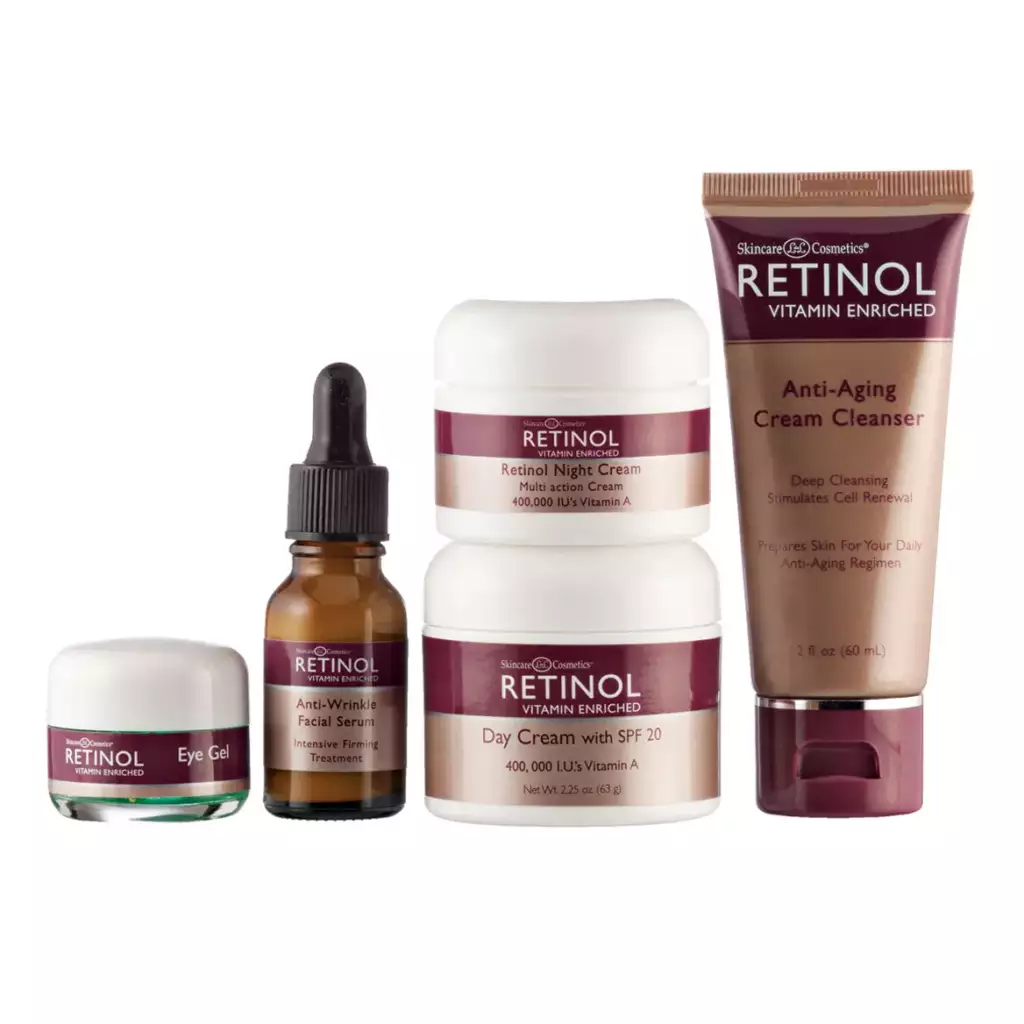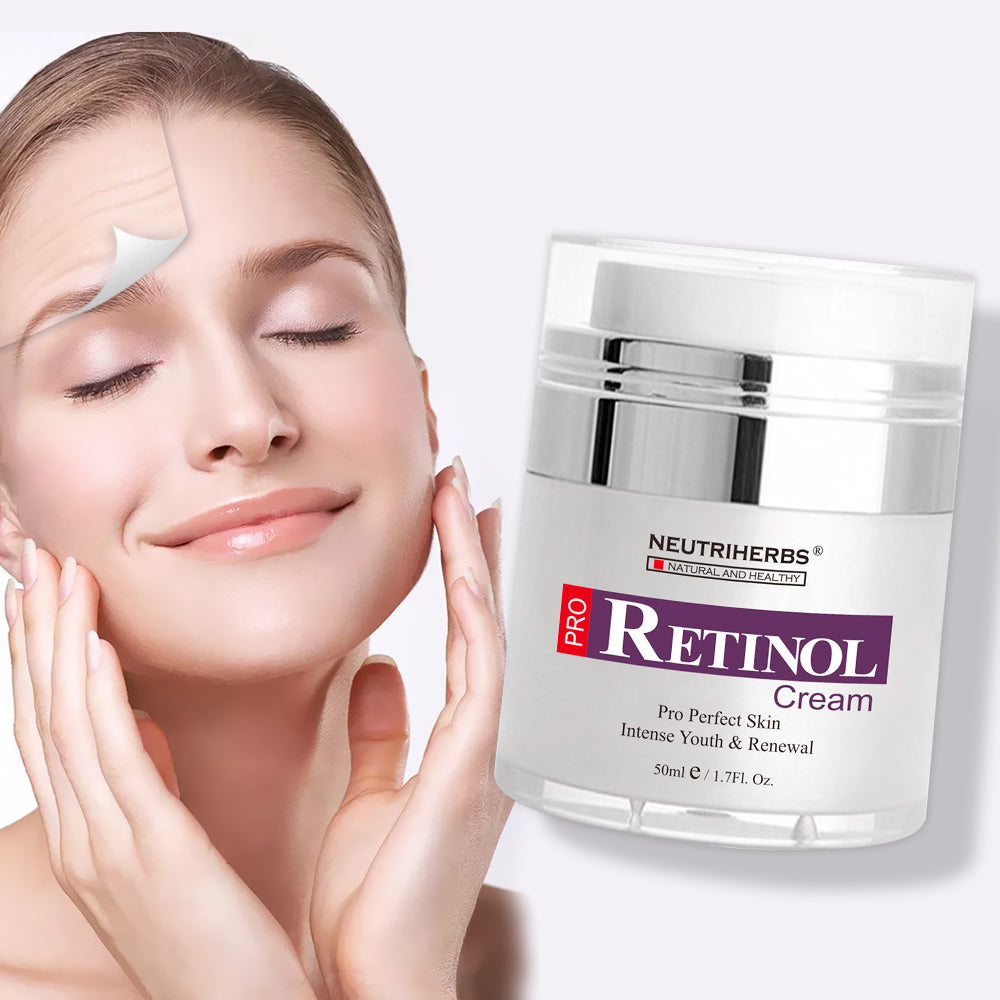While you may be aware that retinol can help reduce the appearance of fine lines and wrinkles, you may not know much about this miracle element. Retinol is a form of vitamin A. As such, it is a member of the group of chemicals known as retinoids. In addition to reducing the appearance of wrinkles and fine lines, retinol also helps lighten acne scars, even out skin tone, and eliminate blemishes. Retinol is the hero component in a lot of anti-aging lotions and potions.
The outstanding benefits of retinol have made it a popular choice among dermatologists. We polled leading dermatologists to learn how to make retinol work for your skin so that you may learn more about retinol and how to use it effectively.
Best Practices for Using Retinol
Although retinol is highly successful at reversing damage, the outcomes may vary depending on the method of application used. If you have dry or sensitive skin, consult a dermatologist before beginning a retinol routine. Most physicians would recommend testing your skin’s reaction to lower doses of the chemical (0.25% or 0.3%) before going on to stronger formulations. Follow these steps to add retinol to your skincare routine:
- The first step is to clean the face, followed by the eye cream. The skin around your eyes is very fragile. Therefore, using an eye cream is a good idea.
- The second step is to dry off thoroughly for a few minutes. This is essential, as retinol penetrates damp skin deeper, increasing the risk of irritation. Retinol should never be applied to damp skin, although moisturizers and serums should.
- Third, using your fingertips, work from your chin upward and outward with a pea-sized amount of retinol.
- Fourthly, apply a moisturizer.
- Fifth, because retinol makes skin more photosensitive, you should always wear broad-spectrum sunscreen afterward.
How Often Should You Use Retin-A?
To get started, use a pea-sized amount of retinol twice weekly and spread it over your entire face. Your skin needs time to adjust to the product, so apply it moderately at first and build up to full strength as directed if you experience dryness or irritation of the skin.
Best Skincare for Retinol-Treated Skin
Mixing retinol with other potentially irritating substances like alpha or beta hydroxy acids or physical exfoliants and scrubs is not a good idea, especially when first beginning a retinol routine or if your skin is sensitive. In combination with retinol, this is the greatest product you can get. Some people find it more tolerable to combine retinol with a moisturizing moisturizer. Your skin will be more receptive to the retinol product if you apply any additional active components (such as vitamin C) at a separate time of day. Use sunscreen daily if you’re using retinol because it can make your skin more photosensitive.
When to Look for Outcomes
Consistent application is essential for any skin care product to be effective. You’ll need to be patient with retinol because you won’t see effects. It usually takes between two and four months before you may notice a difference in how things feel to the touch. Find the retinol you like and keep with it because the benefits will increase over time.



